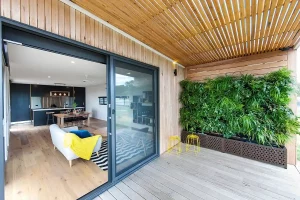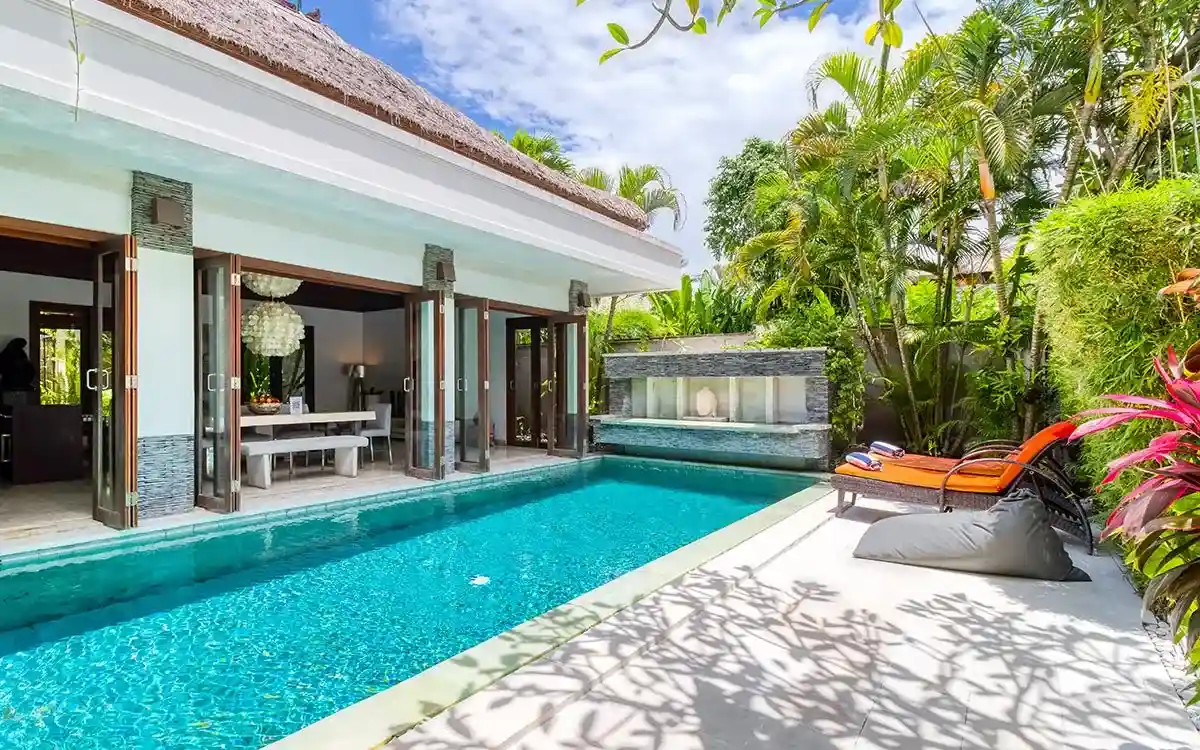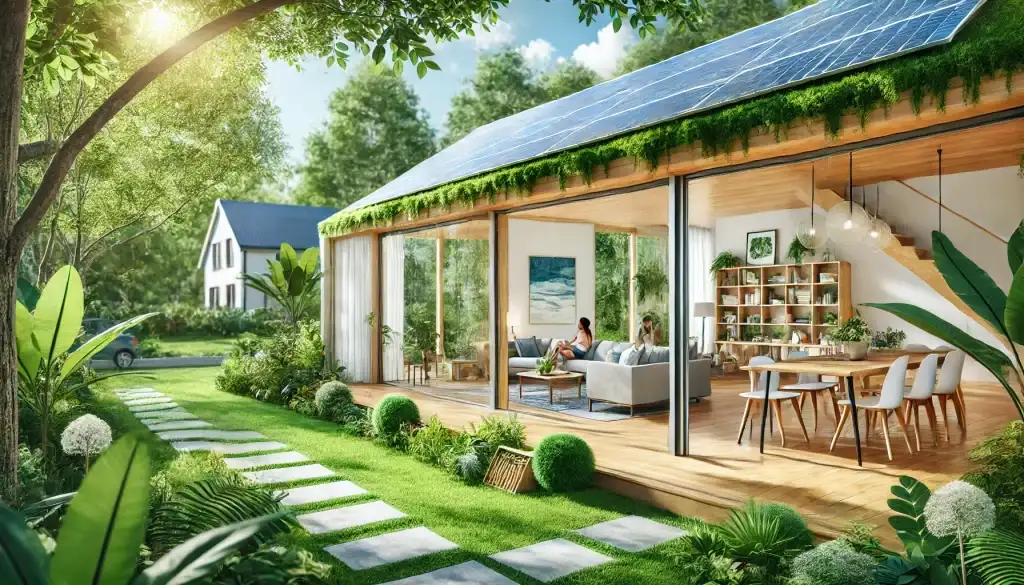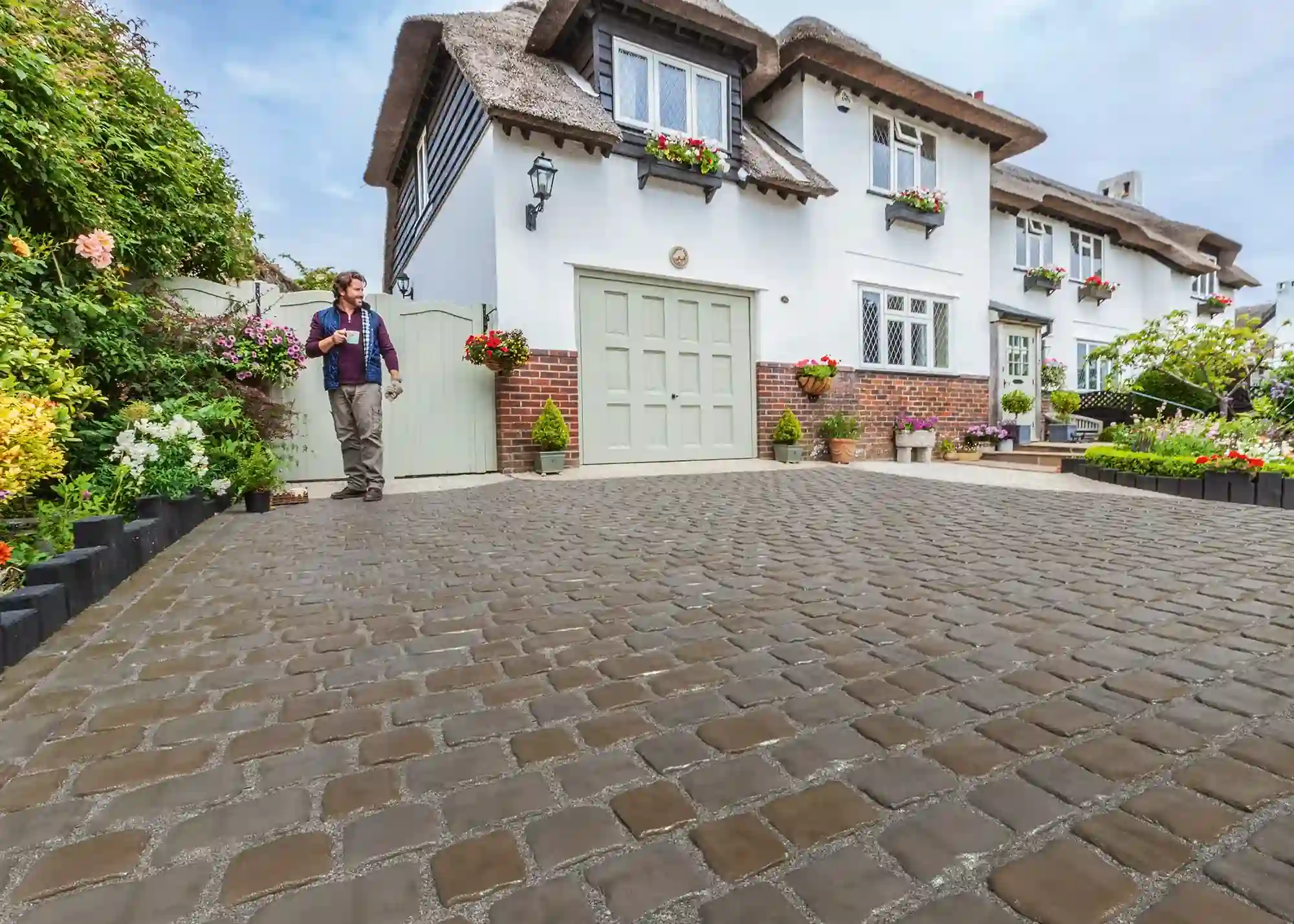In the realm of artistic spaces, eco-friendly remodeling solutions boost both style and eco-safety. Using materials like reclaimed wood and low-VOC paints, and maximizing natural light through smart design, these areas not only allure but also act as models of green living. This blend of art and ecology sparks a key question: How much can eco-aware methods expand artistic limits while staying green? Digging into this overlap might reveal key insights for both artists and designers.
Key Takeaways
- Natural materials and abundant light in eco-friendly designs stimulate creativity and improve the ambiance of artistic spaces.
- Improved indoor air quality from low-VOC products and natural ventilation promotes better health and focus for artists.
- The use of reclaimed wood and biodegradable paints aligns artistic spaces with environmental values, enhancing community support and engagement.
- Smart technologies and sustainable energy sources, like solar panels, reduce operational costs and optimize resource use.
- Eco-friendly remodeling reinforces a commitment to sustainability, attracting like-minded individuals and fostering a strong, supportive community.
Understanding Eco-Friendly Remodeling
In the domain of modern construction, eco-friendly remodeling stands out as a pivotal approach that harmonizes environmental stewardship with aesthetic and functional upgrades. Embracing the latest in eco-friendly remodeling not only supports sustainable development but also fosters a sense of community among environmentally conscious individuals. These practices utilize renewable materials and energy-efficient technologies to guarantee structures contribute positively to their surroundings, promoting collective well-being.

Benefits for Artistic Spaces
Adopting the latest in eco-friendly remodeling in artistic spaces offers numerous advantages that extend beyond mere aesthetic enhancements.
- Increased Inspiration: Natural materials and thoughtful design foster creativity.
- Healthier Environment: Improved air quality and natural light enhance well-being.
- Community Connection: Spaces that respect the environment resonate with shared values, strengthening community bonds.
These elements make artistic spaces not only functional but also deeply inspiring and inclusive.
Latest Materials and Techniques
Several new materials and techniques have emerged as leaders in the field of eco-friendly remodeling, revolutionizing the way artistic spaces are designed. The latest in Eco-Friendly Remodeling includes the use of biodegradable paint and reclaimed wood. These resources not only minimize environmental impact but also offer enhanced durability and aesthetic appeal, fostering a sense of community and responsibility among environmentally conscious creators.
Case Studies: Before and After
To illustrate the transformative impact of the Latest in Eco-Friendly Remodeling, consider the renovation of The Canvas, a community art gallery in downtown San Francisco.
- Natural Light Maximization: Installation of skylights and large, energy-efficient windows
- Sustainable Materials: Use of recycled wood and non-toxic paints
- Energy Solutions: Integrated solar panels and smart lighting systems to reduce energy consumption
Maintaining Sustainability Post-Remodel
Once the initial phase of Latest in Eco-Friendly Remodeling is completed, the focus shifts to ensuring that the sustainability measures implemented are maintained over time. Establishing a routine for regular assessments and updates on energy systems and materials can fortify the eco-friendly integrity of the space. Engaging with a community of like-minded individuals also promotes continuous improvement and commitment to sustainable living environments.
Frequently Asked Questions
Can Eco-Friendly Remodeling Improve Natural Lighting in Studios?
Eco-friendly remodeling can greatly improve natural lighting in studios by incorporating larger, energy-efficient windows and skylights that enhance both the sustainability and the aesthetic appeal of the creative workspace.
Are There Tax Benefits for Using Sustainable Remodeling Practices?
Yes, utilizing sustainable remodeling practices can qualify for tax benefits. These incentives are designed to encourage eco-friendly innovations, reducing both environmental impact and operational costs, thereby supporting long-term sustainability in building practices.
How Does Eco-Remodeling Impact Indoor Air Quality?
Eco-remodeling greatly improves indoor air quality by utilizing materials that emit lower levels of volatile organic compounds (VOCs). This promotes a healthier environment, reducing allergens and airborne pollutants, which is essential for well-being.
What Are the Initial Costs Compared to Traditional Remodeling?
Initial costs of eco-friendly remodeling are generally higher than traditional methods due to the use of sustainable materials and technologies. However, long-term savings and environmental benefits often justify the initial investment.
Can I Incorporate Smart Technology in Eco-Friendly Artistic Spaces?
Yes, incorporating smart technology in eco-friendly artistic spaces is highly feasible. Smart tech enhances functionality while adhering to sustainability principles, offering efficient energy management and improved user interaction within environmentally conscious designs.
Conclusion
To sum up, eco-friendly remodeling solutions not only transform artistic spaces aesthetically and functionally but also promote environmental stewardship and social cohesion. By incorporating sustainable materials and technologies, these redesigned spaces become beacons of creativity and innovation, offering healthier environments for artists and visitors. This approach not only aligns with ecological values but also fosters a sense of community and collaboration, proving that sustainability can coexist with artistic expression and cultural enrichment.
Also Read: Transforming Homes With Mobility Equipment









